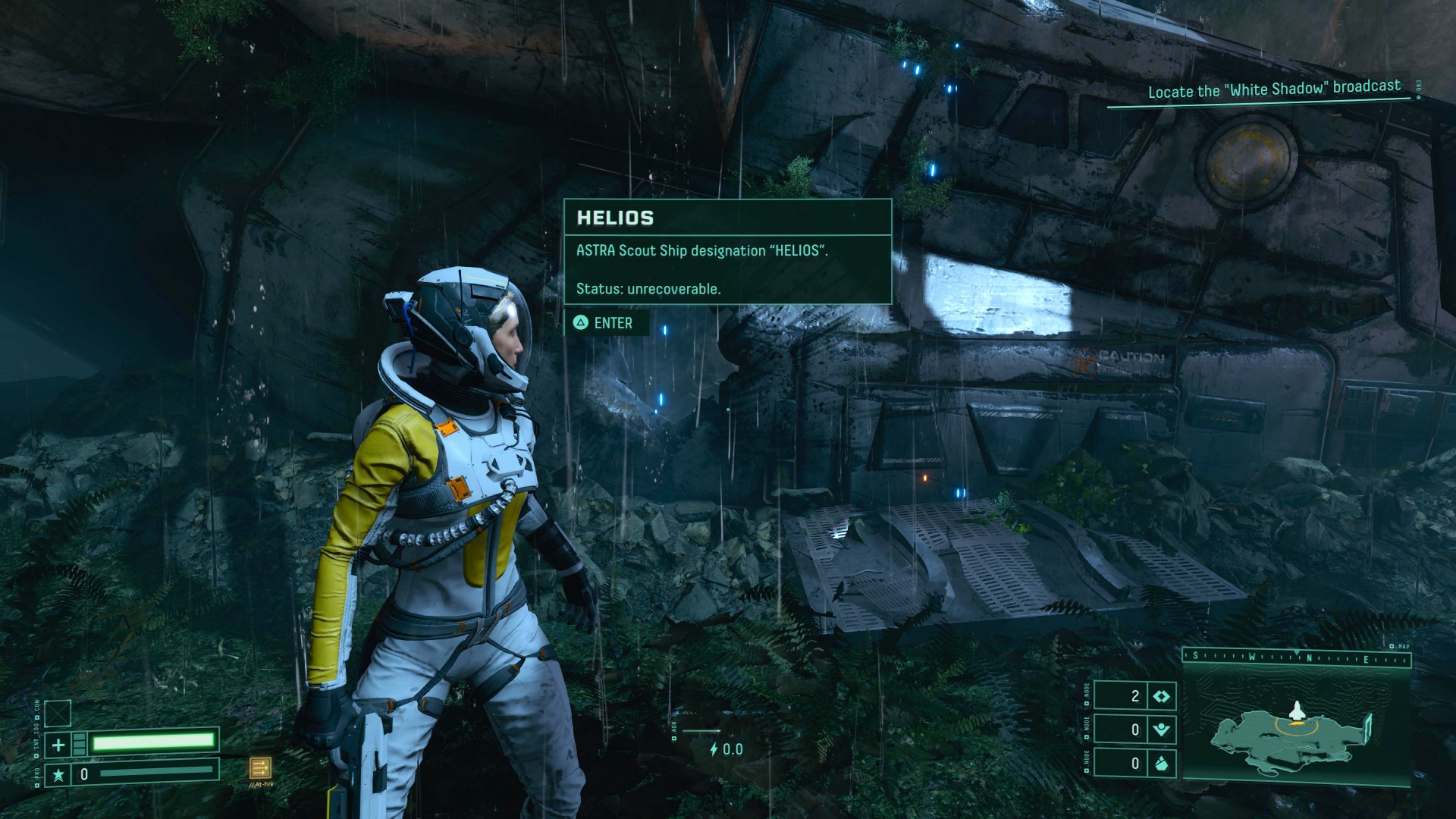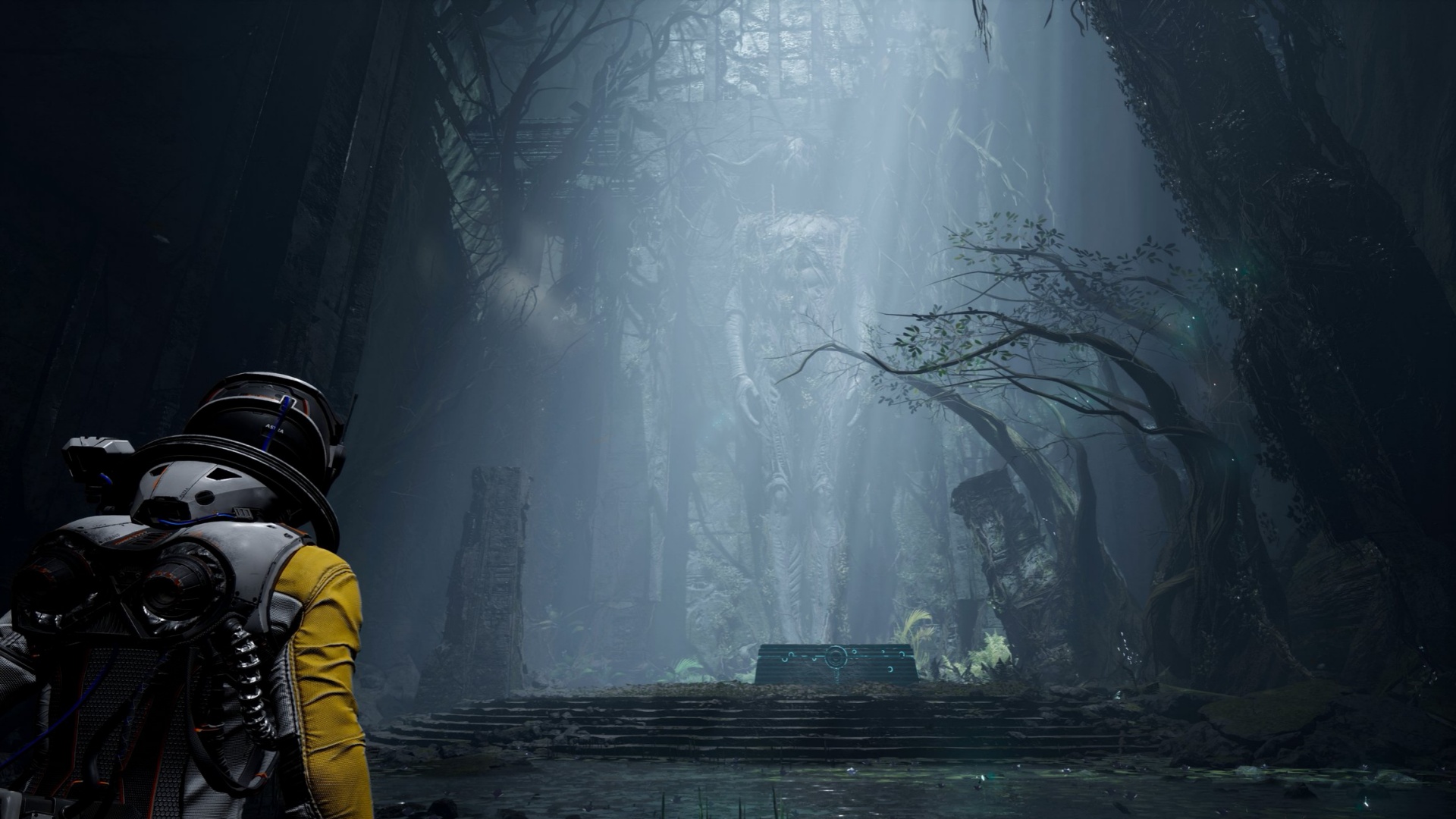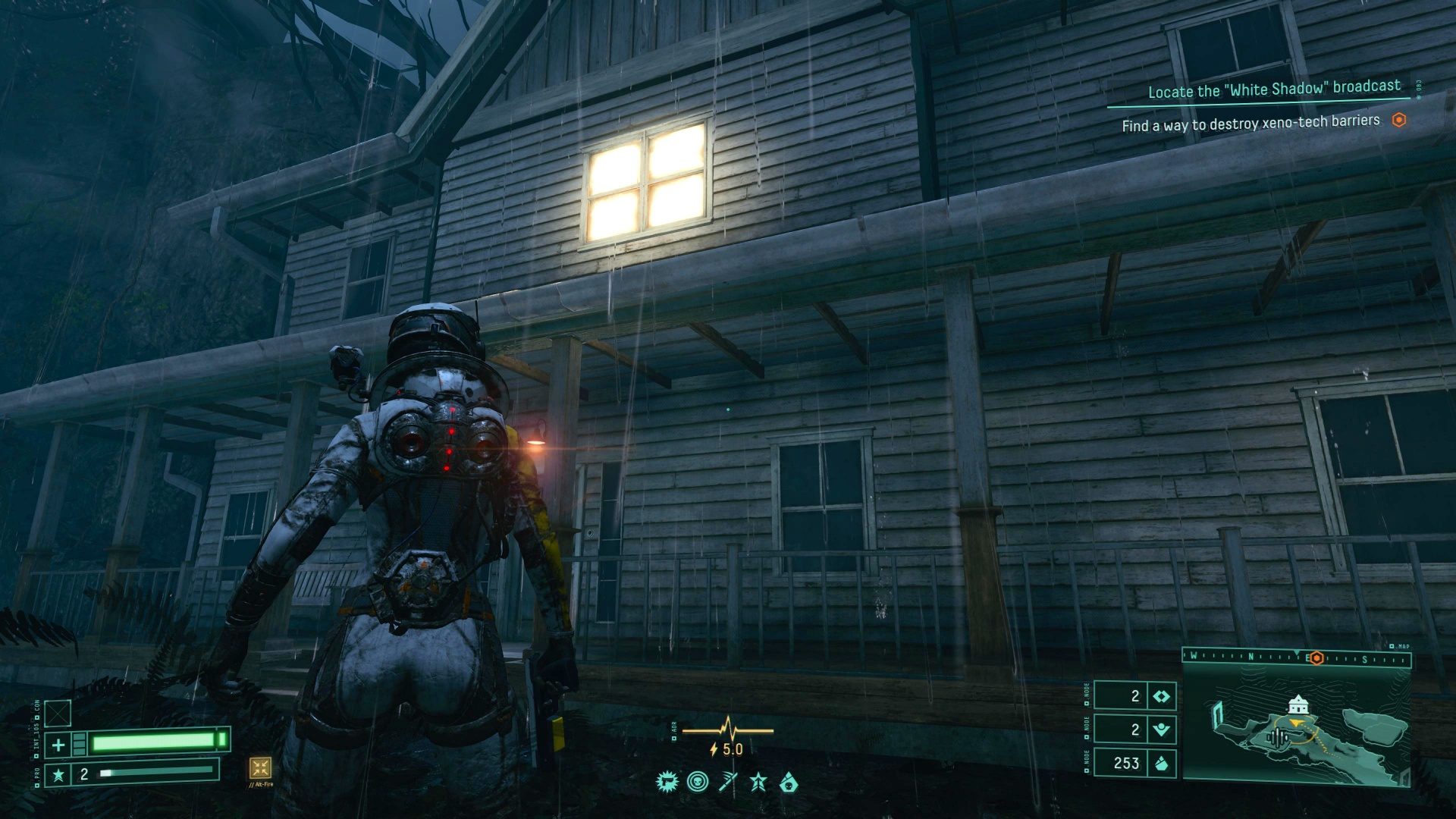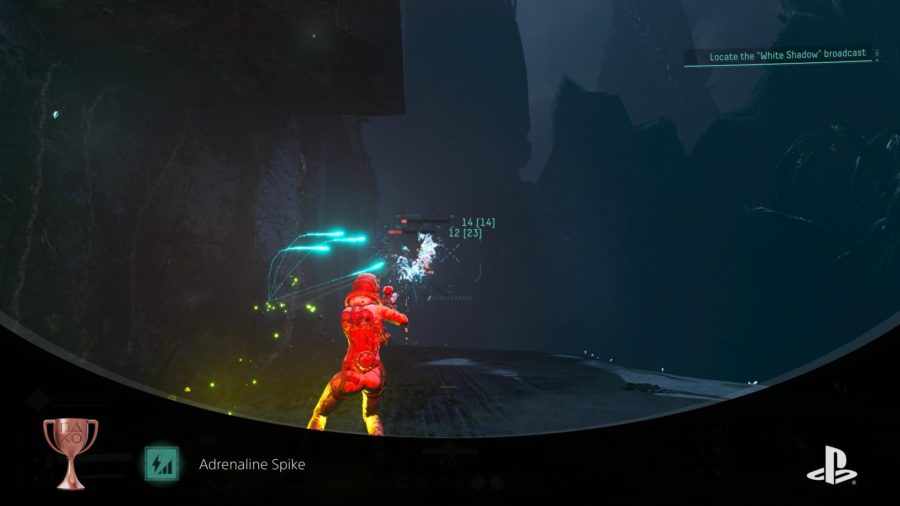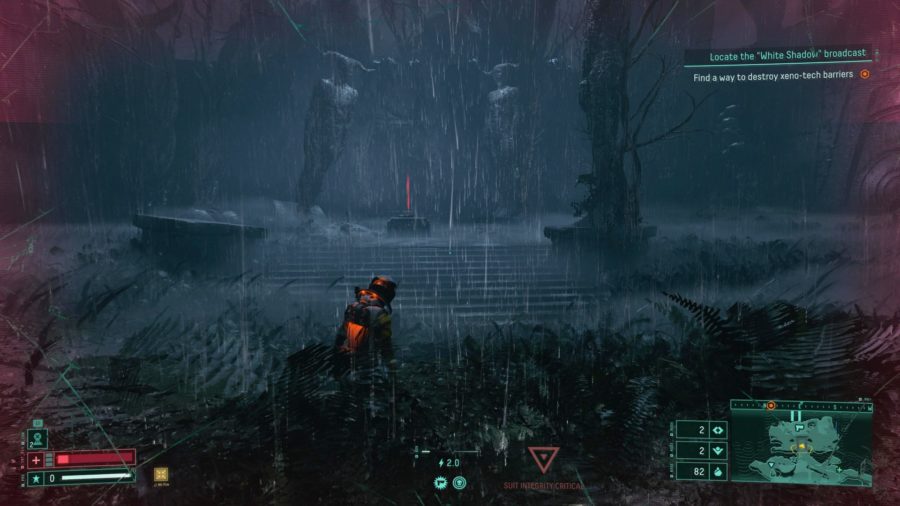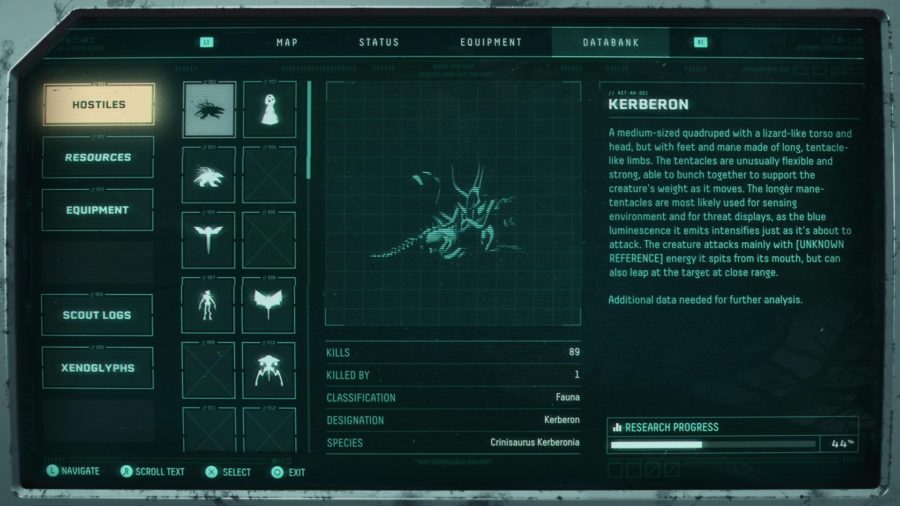Returnal is the new PlayStation 5 exclusive title from developer Housemarque that piqued our interest ever since an announcement trailer for the game landed last year.
In the months since we’ve been further intrigued by the different elements showcased in the lead up to its launch on the next-gen console tomorrow (30th April), as the mysterious storyline, evolving environment, death loop mechanics and roguelike gameplay tick many of the boxes we look for in a new game we want to pick up and play.
It is why we jumped at the chance to get access to the game a week ahead of launch and explore whether the interest was valid.
Below follows our review of Returnal, and to ensure none of the key storyline elements that have not already been seen in past trailers and official media, we’re keeping things spoiler free.
Under the influence
Starting with the story and, from this perspective, Returnal feels like a tasting platter, serving up elements from a number of different sources to try to serve up a game that is designed to feel wholly original.
In this regard we think Housemarque hits the mark in certain areas and misses in others.
The death loop, or cycles as the game refers to them, is a good example of this.
Death is a constant in the game. In fact it is a mechanic that cues the title sequence at the end of the opening stanza, when our protagonist ASTRA Scout Selene crash lands on an alien planet after trying to find the source of a signal of unknown origin, quickly meeting her end after tangling with a brute of a hostile that kills her in about three swipes.
This triggers the first cycle, and while death lacks permanence within the game, it serves a different purpose – deepening Selene’s descent into madness and triggering the environment of the planet to change.
As such, death is something you want to avoid as it means starting over again from where your Helios ship first crash landed. It also means you have to navigate an entirely new world map with different hostiles as you try to reach the point where you first died to continue with the main objective – getting off the planet.
While this loop can prove frustrating at times, the stakes don’t quite feel high enough and your life does not feel as valuable as it should.
Circling back to the game’s influences from a story and visual standpoint, there are comparisons that can be made to a number of different media. The death loop for example has been done numerous times in Groundhog Day-esque films across a myriad move genres. The look of the planet of Atropos is a mix of what we saw in Prometheus and parts of Death Stranding, with a wet and muggy atmosphere that feels ominous and unwelcoming.
Memory also plays a critical role in the game and, much like Ishmael in Moby Dick, you’re never fully sure that Selene is a trustworthy protagonist. It is not that she is warping the truth, but simply that her memory clearly cannot be trusted given that dead bodies wearing her same spacesuit are found throughout the game, along with recordings talking about how she’s been on the planet for an indistinct amount of time.
Added to this are elements of her childhood, such as her house, that appear out of nowhere in the environment, again bringing up questions about what Selene’s connection to Atropos truly is.
While it is a mismatch of different influences, Housemarque has done a good enough job weaving them together into a unique tapestry that draws you in and warrants further exploration.
Jump, dash and shoot
Now for the gameplay mechanics, which is why we think people will likely return to Returnal. Here there is a distinct roguelike feel to the gameplay, although the player’s perspective is third-person over the shoulder, akin to Kratos in latest God of War.
Selene moves effortless around the map, with her only inability being cliffs and ledges that are simply to tall to scale. Other than that, the environment of Atropos does not present too much of a challenge from an exploration perspective.
Speaking of which, you are encouraged to explore, with doorways to different areas of the map and biomes marked on the 3D map and distinct from side doorways, which feature tasks that are supplementary to the main storyline. The only reason to venture into those diverging paths is the prospect of resources, which are essential to craft tools, weapons and upgrades for Selene as she ventures deeper into the penrose-esque puzzle that is Atropos.
As for engaging hostiles, the controls are short and sharp, with guns being quite intuitive in terms of how they target and fire. Of course the bigger the gun the bigger the damage, but in general one rule dominates fighting your way through Atropos – keep your distance.
This as even smaller hostiles will want to get within striking range, and when that happens, a few quick strikes is all it takes to end you early on in the game.
With larger hostiles, bigger groups of enemies or bosses, using all of the environment is advised, as again you can get quickly overrun if you stick to one position.
You’ll therefore be making use of the jump and dash controls quite a pit in order to not get pinned.
As for the hostiles themselves, there are roughly 50 in total, if the game’s databank is to be believed. Venture deep enough into Atropos and you’ll encounter a mix of different types in a given environment. They each have very distinct attack patterns, which are easy enough to read on their own, but when you have a variety to contend with, that’s when things get challenging and far more interesting.
The one element of gameplay that frustrated was the camera. It can be moved, but only at the player’s behest. Whether this is an intentionally designed mechanic to ensure that things are not too easy and that hostiles can potentially out flank you or spring attacks you’re unaware of, is unclear. Regardless it is the one area we would want tidied up in otherwise satisfying gameplay.
Final verdict
There is a lot to enjoy with Returnal. As a PS5-exclusive a lot is expected of it. It is the reason why Miles Morales impressed us last year in terms of what it delivered, teasing what was possible on this console.
Returnal feels like another teaser, with the full PS5 experience yet to be fully realised. There are aspects that try to make the most of the console, the rumble of the DualSense controller and haunting sounds of the soundtrack stick with you, but the overall look and feel does not appear to distinctly next-gen.
The game has enough about it to suck you in, but perhaps not enough to keep you there.
There is also the fact that the Standard Edition of the game retails for R1 369 at the time of writing. This is expected given that it is a PS5-exclusive, but at that price you’re expecting something a little grander in terms of scale and execution.
Is it Housemarque’s fault that the game is so expensive, no, but it isn’t yours either.
That said, there is still enough about Returnal that warrants exploration at a later date, and if you can handle the current price, it will entertain right now.


